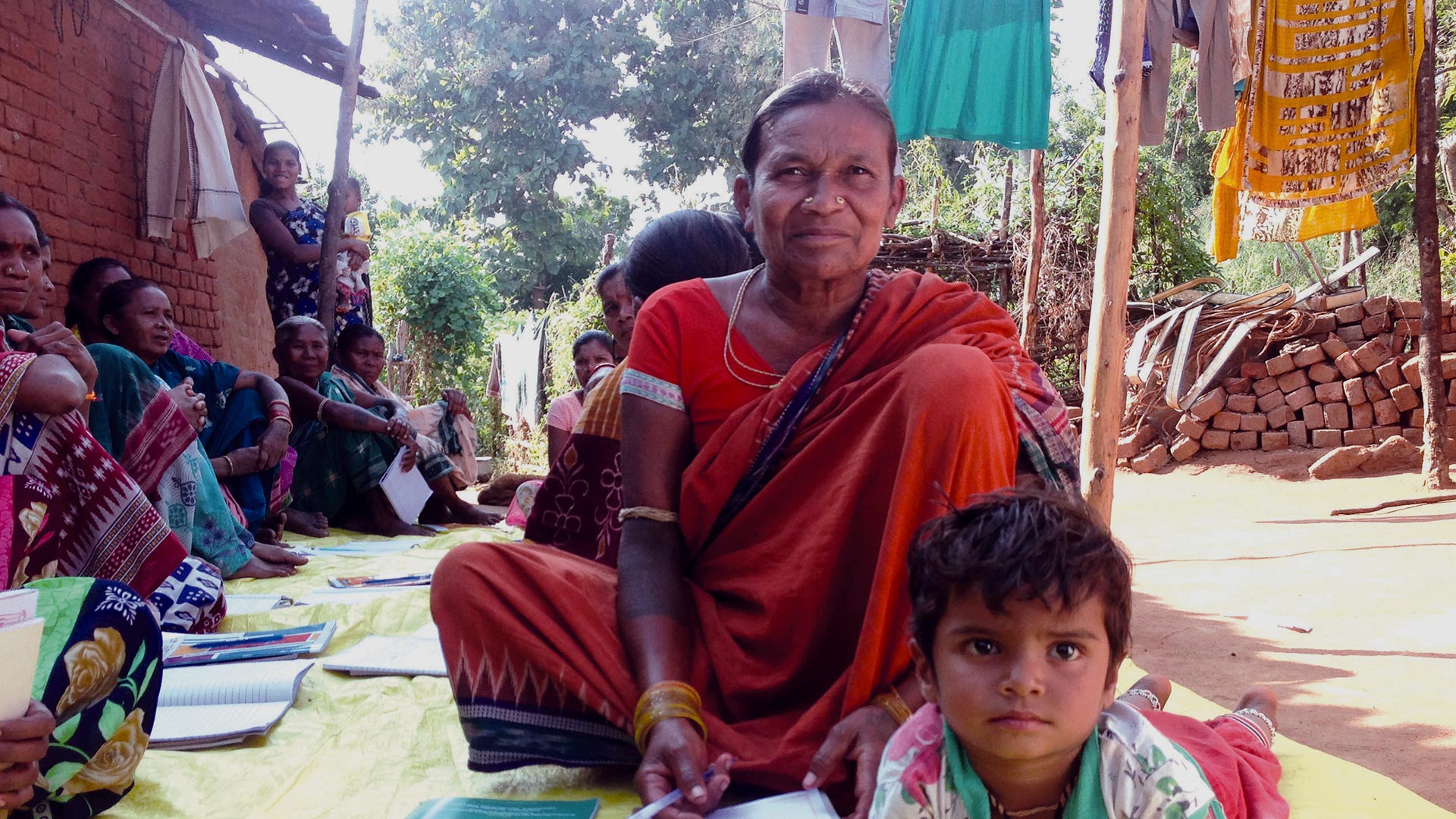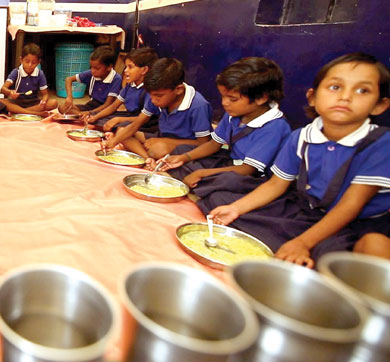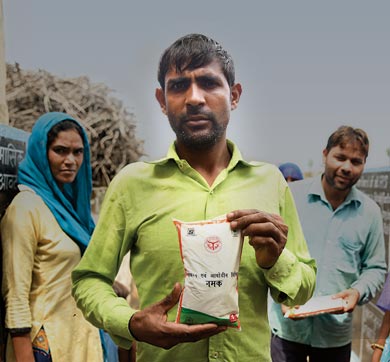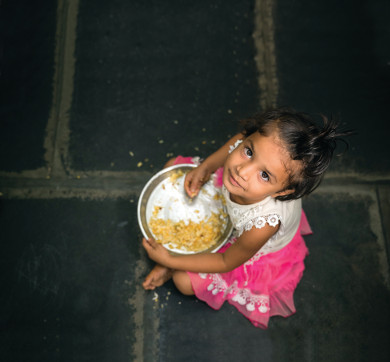June 2020 | 1360 words | 5-minute read
According to the 2011 census, there were 454 million migrants in India. As for the future, it is estimated that 46% of the country’s populace will be living in cities by 2025.
As Chinmaya Tumbe says in his recently published India Moving: A History of Migration, the great Indian wave of semi-permanent, male-dominated and remittance-based migration is the world’s largest and longest voluntary stream of relocation.
Much of this growth in numbers is fuelled by rural-to-urban migration, wherein an increasing number of people move in search of economic opportunities. A large part of the exodus comprises poor and unskilled workers, seasonal or semi-permanent migrants working in multiple destinations during their lifetime and returning to their village homes at the end of their working life.
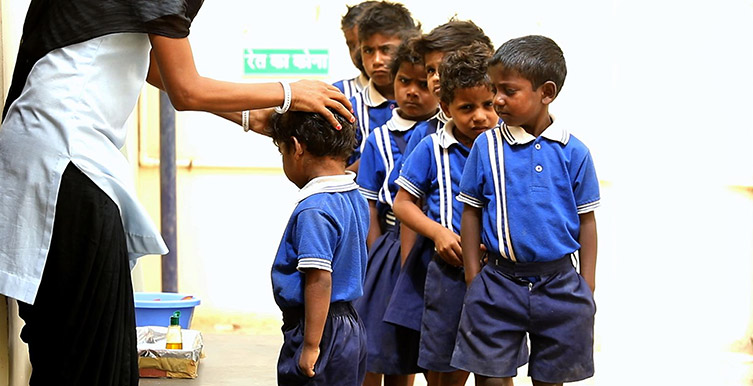
Migrants who move from rural to urban areas are the hidden force in the Indian economy, regularly sending money home to their families. Estimates put the country’s domestic remittances at about ![]() 10 billion a year, 60% of which are interstate transfers, with around 70% being channelled through the informal sector.
10 billion a year, 60% of which are interstate transfers, with around 70% being channelled through the informal sector.
National Sample Survey Organisation data reveals that 41% of consumption in migrant rural households is funded by income generated through migration. But migrants to urban India inevitably face a hard time. The reasons are many: occupational, residential and social vulnerabilities resulting from a loss of identity; absence of social security; exploitation at the workplace; lack of access to welfare schemes; tough working and living conditions; poor health indicators; and low awareness.
The move away from their homes deprives migrants of access to subsidised food and health benefits. Their children are unable to gain from a host of government schemes. The portability of these benefits is a challenge for intra-state migrants and an even greater one for their interstate compatriots.
Falling through the gap
In fact, issues related to urban migration underlay all development interventions, in education, nutrition, health, housing, water and sanitation. The migrants in our cities are unaccounted for at their destination and, consequently, they fall through the gap. They deserve better.
The growth and development of urban centres owes much to the labour of migrant workers, yet they are often considered part of the problem that cities have to cope with. Migrants are the ubiquitous cab drivers, watchmen, household help or construction workers in India’s urban centres. But they are faceless and nameless, a class that works without any recognition from or acceptance by a society that keeps them on the fringes.
In the informal labour market, migrant workers have scant protection in worksite conflicts and disputes, with the legal system providing little recourse for the unorganised sector. With limited access to health services and high incidences of occupational diseases, the migrant’s working life is often limited. At the end of it, they make their way back to their village homes. It is often so that the next-generation male will step in as the family breadwinner, retracing the well-trodden path to the city.
“An ideal society should be mobile, should be full of channels for conveying a change taking place in one part to other parts,” said BR Ambedkar, the architect of India’s constitution, which guarantees all citizens the right to move freely about and settle down in any part of the country.
This means, in principle at least, that there should be no reason for specific legislation to protect migrant workers, interstate or otherwise, particularly so given the wide representation of these workers in all sectors of industry. However, there is a need for precisely such legislation and that has been recognised by governments.
One important legislation of the kind is the Interstate Migrant Workermen Act. This provides for the registration of establishments employing interstate migrant workers and the licensing of contractors, while detailing the obligations placed on them.
The Building and Construction Workers’ Welfare Act relates to particular sections of unorganised work. Under this Act’s ambit are construction workers — a category of labourers facing constant exploitation — and it includes brickkiln workers. There is a mandatory cess here that goes into a fund, managed at the state level, that is supposed to deliver a variety of services to construction workers. While the cess is dutifully collected, little of it is actually spent.
The ever-growing numbers of the urban poor and the fact that migrants could be defined with regard to all three categories of vulnerabilities — residential, occupational and social — led the Tata Trusts to focus on migration as a crucial subject within the larger canvas of urban poverty.
The Trusts have been involved with the migration issue since 2006. By 2011, their migration programme had grown to comprise 34 partners across nine states and the work undertaken touched more than 300,000 migrants. During the June 2012-January 2016 period, the Trusts’ efforts resulted in direct monetary benefits of about ![]() 160 million accruing to nearly 350,000 migrant workers.
160 million accruing to nearly 350,000 migrant workers.
Hands-on approach
The current phase of the Trusts’ migration programme, which began in 2016, builds on what has been accomplished in the earlier initiatives. This phase has covered in excess of 600,000 migrants, a vital difference being that the Trusts have moved in the migration theme to a more active, hands-on implementation mode.
The migration programme of the Trusts operates in three source states, Uttar Pradesh, Rajasthan and Odisha, and in related destinations. The intent is to link migrants and their families to entitlements and services through self-reliant delivery platforms, facilitating financial inclusion and the reduction of vulnerabilities, especially in brickkilns and the construction sector. Additionally, the programme uses innovative means to provide migrants with basic services — housing, water and sanitation, nutrition, etc — and it makes space for advocacy and research.
Migrants and their families have, through the programme, gained access to various entitlements and financial services. Day-care and early-education centres have been set up for the children of migrant workers at brickkilns. Partnerships have been forged with governments and employers have been brought on board.
The endeavours of the Tata Trusts in addressing the multiple troubles that confront migrant workers have been recognised by different state governments as well as civil society organisations. The objective is to mainstream the many elements of the initiative into government and community development projects.
Benefits at both ends
An important learning to emerge after nearly 15 years of the Trusts’ work with internal migrants at the bottom of the pyramid is that migration is a livelihood strategy that can benefit people at both the source and the destination. The need is to view migration not a problem to be wished away, but as an opportunity and as the way of the future.
Development programmes have to be designed and implemented to address the vulnerabilities of poor migrants. A large proportion of seasonal migrants move from one state to another. Their entitlements have to be protected and transferred across locations and states.
At the source, programmes have to be designed to prevent distress migration and to empower people in a manner that makes for safe migration. At the destination, local authorities and state governments need to broaden the reach of their projects to ensure that migrants are not excluded from social benefits and welfare programmes.
For that to happen, we need data on short- as well as long-term migration trends. Official agencies tend to underestimate short-term movements, and thus play down or miss seasonal migration. This, according to recent field studies, accounts for the bulk of migration for work.
It is imperative that migrants have unrestricted access to all government schemes and entitlements. That is their right as citizens of the country. For the portability of entitlements, it is essential that state governments work out the modalities of delivery, the financial implications and the monitoring of implementation. In general, governments at the destination should accept the principle that they are responsible for providing social benefits to people who migrate to their states for work.
Rural-to-urban migrants are a critical component of India’s economic engine. It is only fair that the country give them their due — and now.
The author, Shikha Srivastava, heads the urban habitat and migration portfolio at the Tata Trusts.
Source: Tata Trusts' Horizons, April 2020 issue




